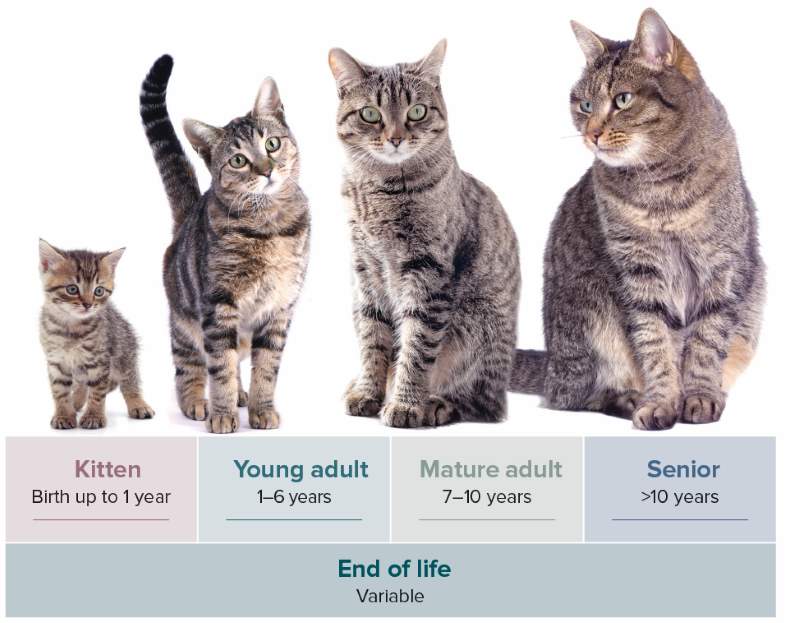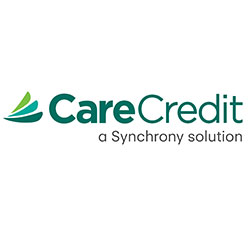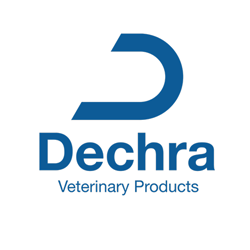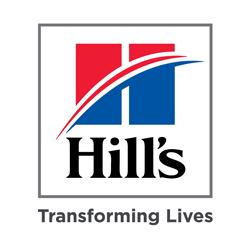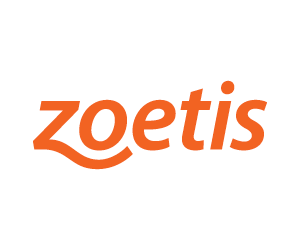2021 AAHA/AAFP Feline Life Stage Guidelines
NEW! Free RACE-approved web conference
For a printable PDF, click here
For virtual booklet, click here
On a mobile device? Scroll down for the navigation menu
Abstract
The guidelines, authored by a Task Force of experts in feline clinical medicine, are an update and extension of the AAFP–AAHA Feline Life Stage Guidelines published in 2010. The guidelines are published simultaneously in the Journal of Feline Medicine and Surgery and the Journal of the American Animal Hospital Association. A noteworthy change from the earlier guidelines is the division of the cat’s lifespan into a five-stage grouping with four distinct age-related stages (kitten, young adult, mature adult, and senior) as well as an end-of-life stage, instead of the previous six. This simplified grouping is consistent with how pet owners generally perceive their cat’s maturation and aging process, and provides a readily understood basis for an evolving, individualized, lifelong feline healthcare strategy. The guidelines include a comprehensive table on the components of a feline wellness visit that provides a framework for systematically implementing an individualized life stage approach to feline healthcare. Included are recommendations for managing the most critical health-related factors in relation to a cat’s life stage. These recommendations are further explained in the following categories: behavior and environmental needs; elimination; life stage nutrition and weight management; oral health; parasite control; vaccination; zoonoses and human safety; and recommended diagnostics based on life stage. A discussion on overcoming barriers to veterinary visits by cat owners offers practical advice on one of the most challenging aspects of delivering regular feline healthcare. (J Am Anim Hosp Assoc 2021; 57:51–72. DOI 10.5326/JAAHA-MS-7189)
Introduction
The feline patient’s life stage is the most fundamental presentation factor the practitioner encounters in a regular examination visit. Most of the components of a treatment or healthcare plan are guided by the patient’s life stage, progressing from kitten to young adult, mature adult, and senior and concluding with the end-of-life stage. Because a cat can transition from one life stage to another in a short period of time, each examination visit should include a life stage assessment. The 2021 AAHA/AAFP Feline Life Stage Guidelines provide a comprehensive age-associated framework for promoting health and longevity throughout a cat’s lifetime. The guidelines were developed by a Task Force of experts in feline clinical medicine. Their recommendations are a practical resource to guide individualized risk assessment, preventive healthcare strategies, and treatment pathways that evolve as the cat matures.
An evidence-guided framework for managing a cat’s healthcare throughout its lifetime has never been more important in feline practice than it is now. Cats are the most popular pet in the United States.1 A great anomaly in feline practice is that although most owners consider their cats to be family members, cats are substantially underserved in the primary care setting compared with dogs.2 In 2006, owners took their dogs to veterinarians more than twice as often as cats: 2.3 times/year for dogs versus 1.1 times/year for cats.3 This healthcare use imbalance persists to the present day. Cat owners often express a belief that their pets “do not need medical care.” Two reasons for this misconception are that signs of illness and pain are often difficult to detect in the sometimes reclusive or stoic cat, and that cats are perceived to be self-sufficient.
Specific objectives of the guidelines are (1) to define distinct feline life stages consistent with how pet owners generally perceive their cat’s maturation and aging process, and (2) to provide a readily understood basis for an evolving, individualized, lifelong healthcare strategy for each feline patient at every life stage. In this regard, the Task Force has identified certain common features of each feline life stage that provide an incentive for regular healthcare visits and inform a patient-specific healthcare approach. These life stage characteristics are defined in a comprehensive table listing the client discussion topics and action items for each feline life stage. In effect, the table defines what needs to be done at each life stage. This prescriptive approach to healthcare management based on a cat’s life stage is explained and justified in the well-referenced narrative that makes up the rest of the guidelines. The Task Force considers end of life and its precursor events to be a separate feline life stage. Rather than discussing end of life in these guidelines, practitioners can access this topic in previously published 2016 AAHA/IAAHPC End-of-Life Care Guidelines4 and the 2021 AAFP End of Life Online Educational Toolkit.5
A recurring emphasis throughout the guidelines is the importance of feline-friendly handling techniques in the waiting area and examination settings. Using feline-friendly handling is a critical factor in eliminating the barriers to regular feline healthcare. This patient-centric approach can reduce the cat’s stress, improve handler safety, and create a more positive experience for the patient, client, and care provider. Together, these outcomes have the potential to increase the frequency of feline examination visits and improve compliance with preventive healthcare recommendations.
These guidelines complement and update earlier feline life stage guidelines published in 2010.6 An important distinction of the 2021 guidelines is the Task Force’s decision to reduce the number of feline life stages from six to four distinct age-related stages as well as an end-of-life stage (five stages overall; see Table 1 below). Although the physiologic basis for six feline life stages remains valid, a five-stage grouping makes clinical protocols easier to implement and simplifies the dialog between the practice team and cat owners. In this regard, the guidelines are not only a useful resource for practitioners but also the basis for client education that is tailored to the feline patient’s life stage progression.
Table 1
Feline Life Stages
© Voren1/iStock, spxChrome/E+, AaronAmat/iStock, AngiePhotos/iStock via Getty Images Plus
The items to perform or discuss during each life stage are highlighted in Table 2. Veterinary professionals should use this table to identify the differences between each life stage. The text in the rest of the guidelines document identifies select areas in the table that warrant further explanation, but is not intended as a comprehensive review.
Importance of Feline-Friendly Handling
Both AAHA and the AAFP understand that a major barrier to feline veterinary visits is the concern about the level of stress the patient will be experiencing during the visit. There are many recommendations available to help decrease the stress of feline patients during transportation to, and time spent in, the veterinary practice. Unless otherwise specified, the reader should assume that these stress-reduction recommendations and techniques are applicable to all aspects of the veterinary visit at all life stages described in these guidelines.
Safe and gentle handling will reduce the stress response of the patient. By applying feline-friendly handling techniques, the team can proactively perform the entire examination and diagnostic procedures in a way that improves patient comfort and time efficiency as well as the patient, client, and practice team experience. In efforts to reduce stress, keep the most invasive parts until the end, such as the dental examination, temperature assessment or nail trim, sample collection, and imaging. It is important to note in the patient record which aspect(s) of the examination may stress that individual cat so those components can be saved until the end during future visits.
Using feline-friendly handling techniques to reduce stress will give the patient and owner a positive experience that will carry over to future examination visits. The patient will often retain this positive conditioning, allowing the practice team to provide the best possible care throughout the cat’s lifetime. A feline-friendly approach will also positively impact the practice team dynamic and confidence when handling, treating, and caring for cats.
Feline-Friendly Strategies
Feline-friendly handling and cat-friendly strategies are described in detail in the AAFP and ISFM Feline-Friendly Handling and Nursing Care Guidelines,8,9 as well as the AAFP Cat Friendly Certificate Program10 for individuals and Cat Friendly Practice® Program.11
These guidelines were prepared by a Task Force of experts convened by the American Animal Hospital Association (AAHA) and the American Association of Feline Practitioners (AAFP) and were subjected to a formal peer-review process. This document is intended as a guideline only, not an AAHA or AAFP standard of care. These guidelines and recommendations should not be construed as dictating an exclusive protocol, course of treatment, or procedure. Variations in practice may be warranted based on the needs of the individual patient, resources, and limitations unique to each individual practice setting. Evidence-based support for specific recommendations has been cited whenever possible and appropriate.
Other recommendations are based on practical clinical experience and a consensus of expert opinion. Further research is needed to document some of these recommendations. Because each case is different, veterinarians must base their decisions on the best available scientific evidence in conjunction with their own knowledge and experience.
BCS (body condition score); DER (daily energy requirements); DJD (degenerative joint disease); FCV (feline calicivirus); FeLV (feline leukemia virus); FHV-1 (feline herpesvirus type 1); FIC (feline idiopathic cystitis); FPV (feline panleukopenia virus); GI (gastrointestinal); HARD (heartwormassociated respiratory disease); MCS (muscle condition score); RER (resting energy requirements); T4 (thyroxine)
Boehringer Ingelheim Animal Health USA Inc., CareCredit, Dechra Veterinary Products, Hill's Pet Nutrition, Inc., IDEXX Laboratories, Inc., Merck Animal Health, and Zoetis Petcare supported the development of the 2021 AAHA/AAFP Feline Life Stage Guidelines and resources through an educational grant to AAHA




